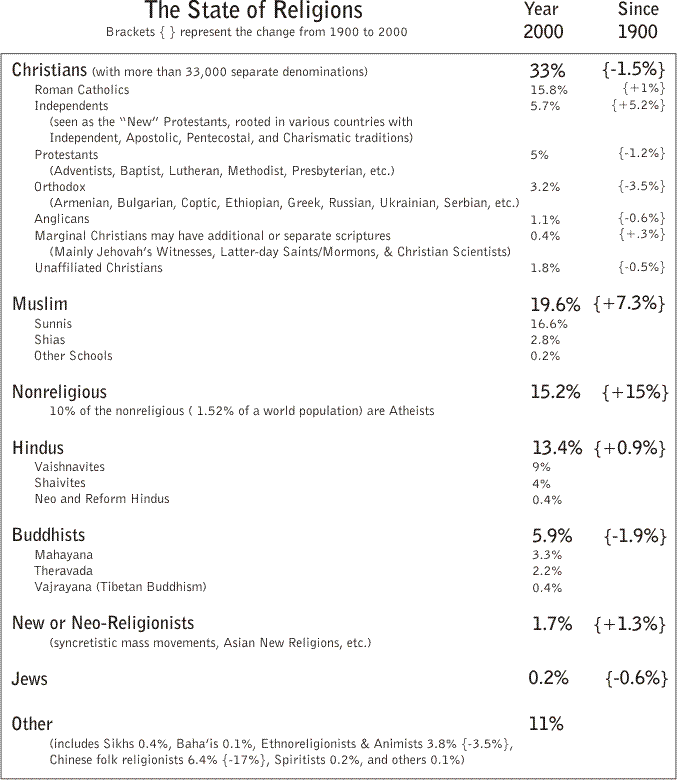 .
. Home - Intro - Table of
Contents - Hinduism - Buddhism - China - Islam - Judaism
Christianity -
Aaron's Travels/Studies - Bibliography - Index - Links - Bookstore
These are my official web pages for "Love Your Neighbors? Discover the real world religions." (ISBN 1-58916-777-5) Apart from brief commentaries, I've selected a few quotes you might enjoy. This Introduction is from page ii of my preface and pages 12-13.
_______________________________________
Due to the nature of our world, especially after September 11th,
friends and relatives have urged me to write this book. Religion is a huge topic
covering many diverse beliefs and practices. Neighbors will primarily focus on
the five major traditional religions: Buddhism, Hinduism, Islam, Judaism, and
Christianity.
Along with my academic background are numerous spiritual
experiences within separate religions. I appreciate these religions and have a
deep love for many members that I’ve met throughout my travels and worship. I
also recognize problems that beliefs can cause. Can an individual “truly” love a
neighbor from a different religion, if at the same time one or both people
firmly believe that their religion is the only right way to God? Many do their
best by trying to be good people, beyond giving lip service to the ideal of
loving neighbors. Often, neighbors are helpful and sincerely mean well.
To love someone like you love yourself (even though some might
not always feel love for the self) challenges the “heart” of compassion. Beliefs
— often grounded in a religion — can obviously get in the way. What about those
that support or wield the power of beliefs, and the damage caused throughout
hundreds to thousands of years?
Beliefs and their foundations need to be
examined. ...
_______________________________________
The most current information containing religious statistics and
educated estimates clearly shows diversity among neighbors throughout the world.
By including the non-religious, anti-religious, and unaffiliated, the chart on
the state of religions seeks to include the entire world population (see
below).
An individual and family might be classified in a religion even
with a minor affiliation. If a father takes his family to a Roman Catholic mass
only on Easter, the whole family might be considered Roman Catholic. Variations
of spirituality and religious concern accompany each individual at particular
times in life. After the death of a loved one, spirituality and religion often
become more significant. In the contemporary world of technology and
materialism, distractions often overwhelm and can take priority. Sundays or days
of worship might provide spiritual sustenance or might just be a time for
socializing and maintaining status quo. Regardless of the circumstances,
religion and the spiritual tenets of religion occupy portions of the mind for
moments throughout the day for billions of people.
After comparing
current academic sources, generalized statistics can be said to reveal the state
of world religions. The first statistics present the entire world ..
 .
.
References for the above chart: Barrett, D.B., G.T. Kurian, & T.M. Johnson, World Christian Encyclopedia: a comparative survey of churches and religions in the modern world. Oxford University Press: NY, 2001; 2001 Encyclopedia Britannica Book of the Year; Time Almanac 2001; and Adherents.com.
_______________________________________
[The next page of the book (p. 14) shows the State of Religions in the United States. The country is largely Christian with its population of Christians decreasing about 11.7% in the last 100 years. Like the religious statistics for the entire world, the nonreligious population is the fastest growing.]
Home - Intro - Table of Contents - Hinduism - Buddhism - China - Islam - Judaism
Christianity - Aaron's Travels/Studies - Bibliography - Index - Links - Bookstore